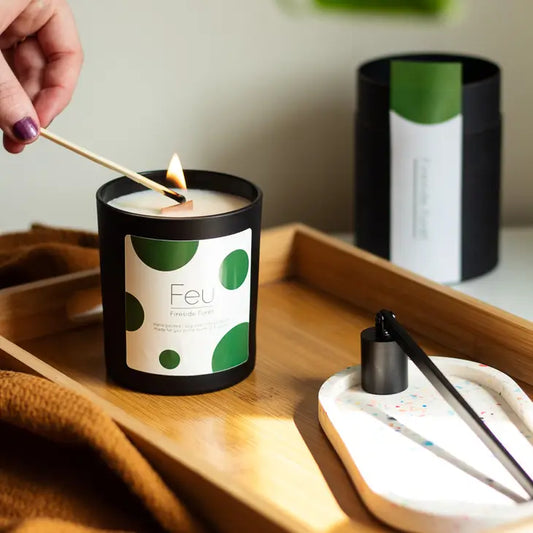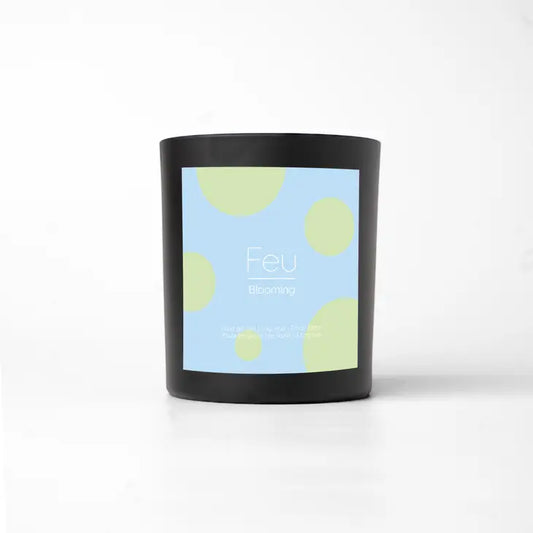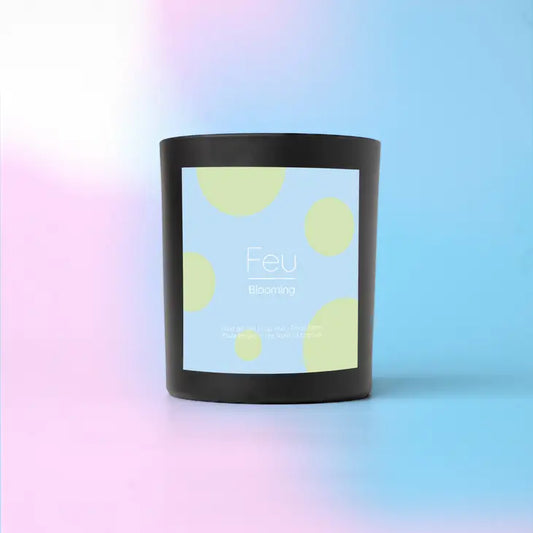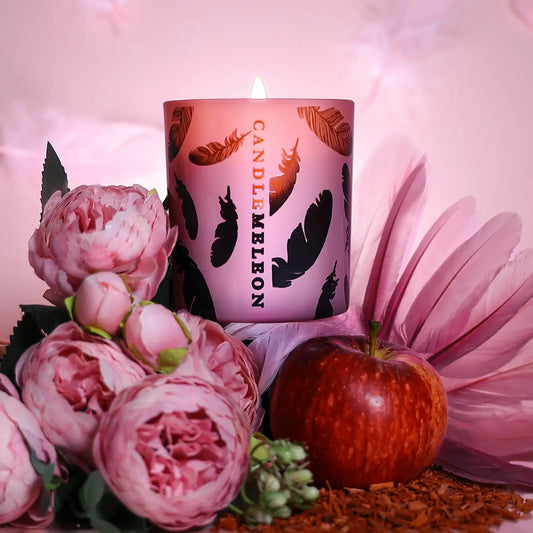When it comes to crafting the perfect candle, the type of wax you choose can significantly impact the candle’s overall quality, burn time, scent throw, and even appearance. With a myriad of wax options available, it can be a daunting task to determine which one is best suited for your candle-making endeavors. In this guide, we’ll delve into some of the most popular wax choices and help you decide which wax makes the best candle for your needs.
1. Paraffin Wax:
Paraffin wax is one of the most commonly used waxes for candle making. It’s cost-effective, readily available, and provides a clean burn. Paraffin candles have good scent throw, but they tend to produce more soot compared to other options. For those looking for affordable candles that burn evenly, paraffin wax could be a suitable choice.
2. Soy Wax:
Soy wax, made from soybean oil, has gained popularity due to its renewable and biodegradable nature. Soy candles burn cleanly and slowly, resulting in a longer-lasting candle. They have a reputation for excellent scent throw, making them a favorite among candle enthusiasts. Additionally, soy wax is relatively easy to work with, making it a great option for beginners.
3. Beeswax:
Beeswax is a natural wax produced by bees and is known for its subtle honey-like scent. Beeswax candles have a warm, golden appearance and a natural air-purifying quality. While beeswax candles tend to be more expensive, they have a longer burn time and emit a soothing, calming ambiance.
4. Palm Wax:
Derived from palm oil, palm wax produces candles with unique crystalline patterns. It’s known for its ability to hold intricate designs and vibrant colors. However, palm wax can be trickier to work with due to its higher melting point. While it offers a beautiful aesthetic, its environmental impact can be a concern, as palm oil production has raised sustainability issues.
5. Coconut Wax:
Coconut wax, made from the meat of coconuts, is another eco-friendly option. It has a clean burn, good scent throw, and a smooth texture. Coconut wax blends well with other waxes and holds fragrances effectively. Its creamy appearance can add a touch of luxury to your candles.
6. Blends:
Many candle makers opt for wax blends that combine the best qualities of different waxes. For example, a soy-paraffin blend might offer the clean burn of soy with the affordability of paraffin. Experimenting with different ratios can help you achieve the desired characteristics for your candles.
In conclusion, the best wax for your candles depends on your priorities: whether it’s eco-friendliness, scent throw, burn time, or aesthetics. Each type of wax has its own advantages and considerations. As you embark on your candle-making journey, don’t hesitate to experiment with different waxes to find the perfect blend that suits your preferences and aligns with your values. Happy candle making!
















